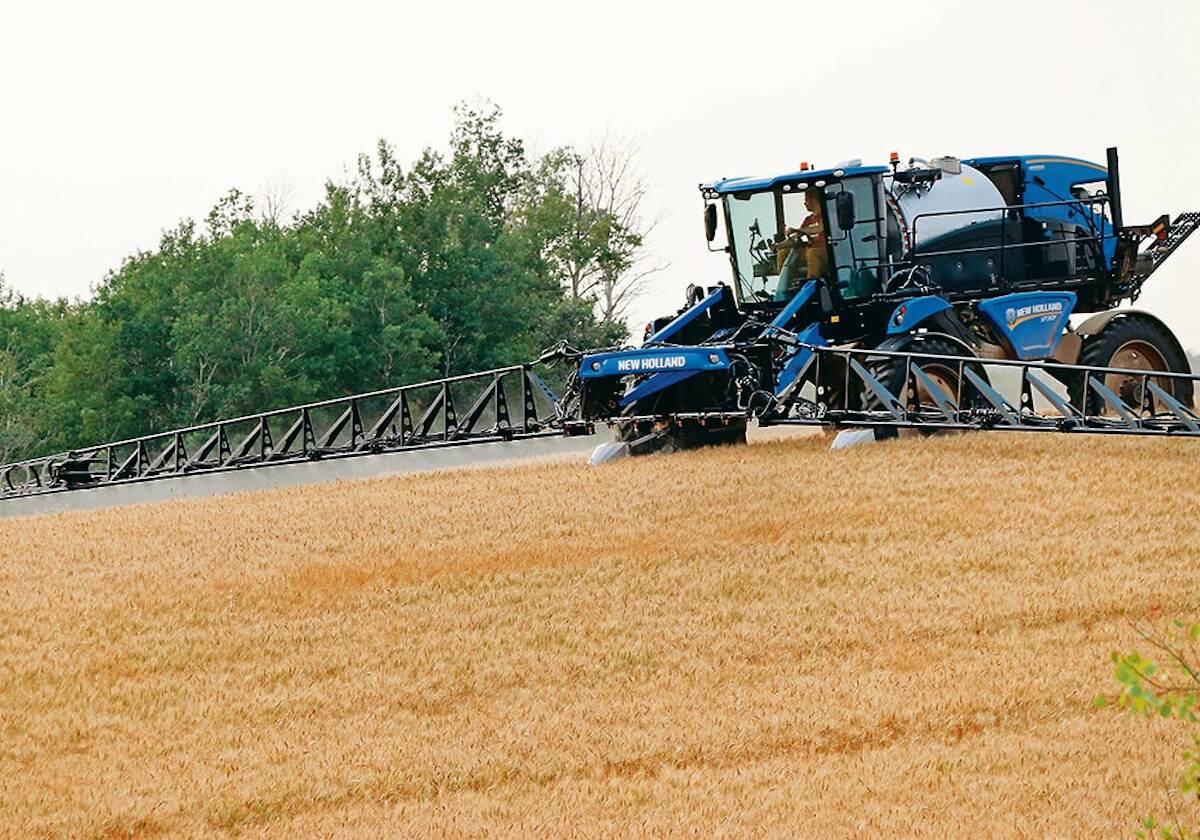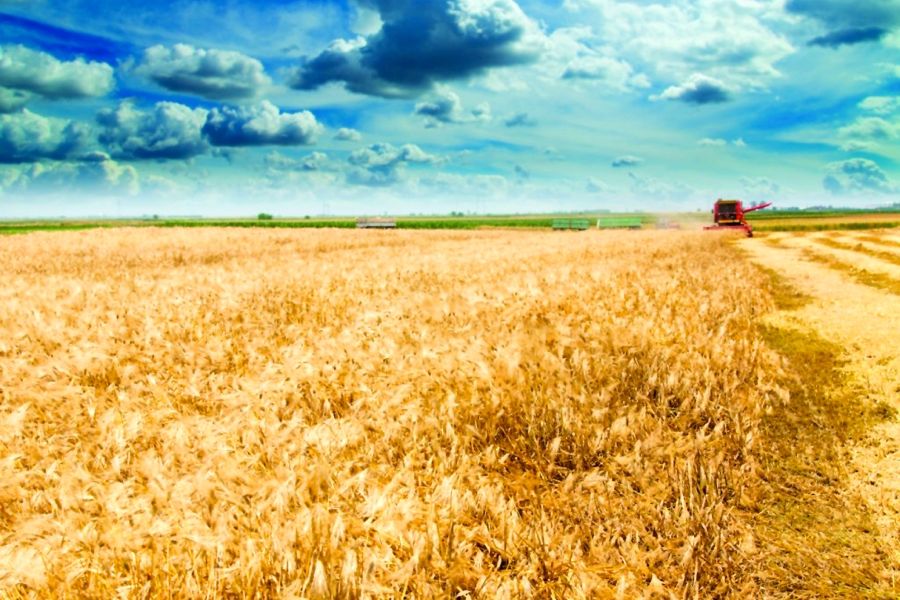The chart in last week’s Winnipeg Free Press article on the Manitoba government’s new policy to reduce greenhouse gas neatly illustrated some of the interesting but complex implications for agriculture.
It listed Manitoba’s top GHG-producing facilities, and No. 1 by a wide margin is the Koch nitrogen fertilizer plant at Brandon. The No. 2 emitter is Winnipeg’s Brady Road landfill and No. 3 is the Husky ethanol plant at Minnedosa, which is interesting given that one of the ostensible reasons for using ethanol from crops is to reduce greenhouse gas.
Read Also

Farming still has digital walls to scale
Canadian farms still face the same obstacles to adopting digital agriculture technology, despite the years industry and policy makers have had to break them down.
These are individual facilities, not overall economic sectors, but it’s interesting that two of the top three are related to crop production. Cattle producers should take note — their animals are accused of GHG pollution because of their frontward and rearward emissions. But what’s the solution to that — turning marginal pasture into cropland fertilized by nitrogen made from natural gas and producing crops to be made into ethanol?
Obviously not. This is just one example of why it will be important for farmers, their organizations and agricultural researchers to become fully engaged in the process to meet the province’s GHG-reduction targets.
The policy document released last week lists 11 initiatives to reduce GHG emissions from agriculture, including a $5-million climate action fund, a climate-friendly agricultural practices program, and promoting soil stewardship, perennial crops, soybeans, pulses and organic farming. It mentions the intention to partner with Keystone Agricultural Producers, the National Farmers Union and the Manitoba Forage and Grassland Association on some of these programs.
Perhaps the MFGA will represent cattle interests, but whether by omission or commission, Manitoba Beef Producers is not on that list. That might be because MBP has never been particularly friendly to the current government, and perhaps the NDP won’t be around for much longer. However, the need for Manitoba to participate in a national GHG-reduction program is not going to change with the government, and it’s important for all farm organizations to be seen to be on board with this process because the public eye will be firmly on agriculture to be doing its part. With 31 per cent of Manitoba’s GHG emissions in 2013, it ranks second only to transportation (39 per cent, which includes transportation of farm products). But while some like to quote higher numbers which include processing and manufacturing, primary agriculture makes up only three per cent of Manitoba’s GDP.
The GHG-reduction policy is offering government help toward more crop diversification, better soil management and reduced input costs. Even if you’re a climate-change skeptic, that’s not a bad deal.




















